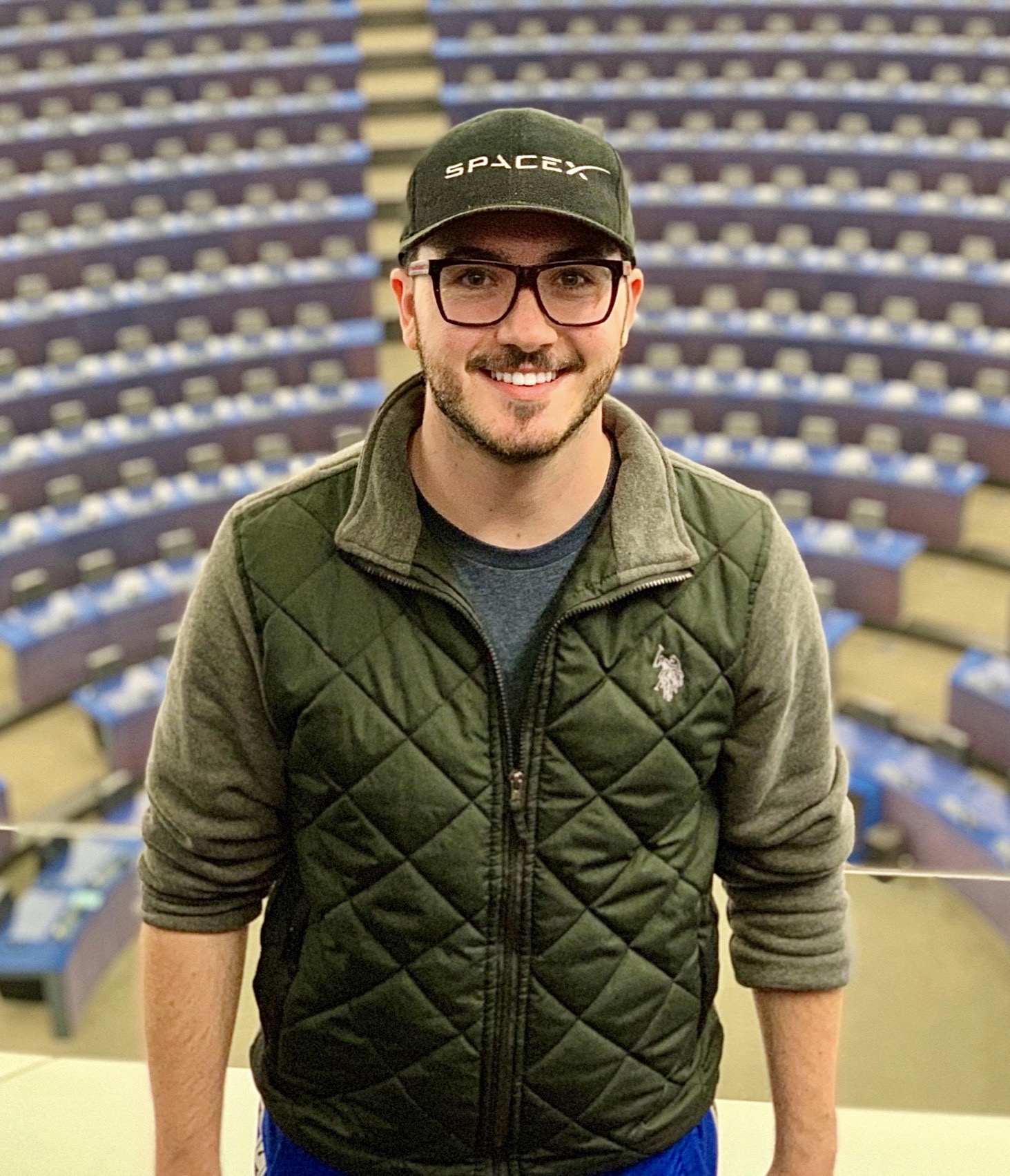
Technologist, Brian Reynolds is a young entrepreneur who works alongside world leading institutions, corporations, and governments to transform radically innovative ideas into our reality, helping to accelerate the landscape of technological progress.
Global Landscape.
Reynolds began earning a name for himself within the global tech community through his academic performance and passion, both of which have propelled his recognition as a natural leader. This position has awarded Reynolds with the unique opportunity to share ideas and explore possible solutions amongst the world's greatest innovators.
Through his initiatives, Reynolds has opened dialogue in previously unaddressed issues. An expert in a wide variety of technological disciplines, Reynolds remains focused on developments in which he deems as “radical singularities”. We reached out to Reynolds to discuss what the future of transportation may look like.
Creating Solutions.
“No solution is going to be immediately profitable, or even fully optimized to its maximum potential. We must develop projects with the future in mind, while pushing the boundaries of today.”
Reynolds discusses how the commercialization of Hyperloop technology will impact transportation:
“In terms of long-distance travel, Hyperloop WILL prove to be the most efficient, cost effective, and environmentally sustainable system. Our current systems of transportation are primarily rooted in two-dimensional grid-plans, such as rail systems, interstate highways and streets. There are two main exceptions, subway/metro systems and aviation, both of which introduce the third dimension of above and below ground. The utilization of this third dimension is the only viable way to establish new systems of transportation while reducing the impact on existing structures and society as a whole.
There are incredible limits when considering systems which employ positive values of the z-axis in the third dimension; or in other words, above ground. Within densely populated cities such as New York or London, above ground systems would not be viable. They do, however, make sense in environments which contain a minimal amount of existing structures and obstacles, such as Virgin’s Hyperloop One concept connecting Dubai to Abu Dhabi. There isn’t a cookie cutter plan when considering these possibilities because it isn’t as simple as laying down roads or tracks.
At the moment, Hyperloop technology is not a viable option, either economically or within the laws of physics, to replace intercity mass-transit systems. For years, Europe led the way in regard to highspeed rail systems. By today’s standards, these are simply inefficient.
Robert Goddard conceptualized a floating system of transportation which utilized electromagnetic attraction or repulsion, effectively eliminating the primary source of friction most prominent in the majority of transportation systems. Today, we refer to this system as a maglev train. In the past, maglev trains have predominantly operated over relatively short distances. However, in China and Japan we are seeing the development of long-distance maglev systems which are consistently proving to be far more cost-effective and efficient than traditional rail systems; reaching speeds up to 603 kilometers per hour (375 miles per hour), compared to inter-city rail systems at around 200 kph (120 mph) and high-speed rail systems at 250 kph (160 mph).
Maglev systems are less expensive to maintain, more durable, safer, more comfortable, produce no air pollution during operation due to the elimination of fuel requirements, provide an incredibly smooth ride, and are noticeably quiet. In my opinion, maglev systems will prove to be an essential cornerstone in the modernization of intercity, mass-transit. Elon Musk, a personal hero of mine, has proposed a network of conveyer belt like systems which have the capacity to move vehicles underneath highly dense cities. However, this doesn’t provide an adequate solution towards the reduction of vehicular traffic and usage, nor does it provide a solution for the movement of non-vehicular commuters. In reality, it consumes valuable third-dimensional space which can be utilized in far more efficient and future-forward ways.
There is a debate as to whether Hyperloop systems will immediately make maglev and other transit systems obsolete. In reality, this only stagnates the modernization of transportation and is not a valid argument. A comparable argument would equate cars to airplanes; both of which prove to be essential under varying circumstances. World leaders in this technological revolution have the potential, right now, to pioneer the blended adaptation of these systems. Countries such as China, Japan, and the UAE are taking tremendous strides and are proving to be a beacon of hope as to what we can accomplish.”
Reynolds perceives the future of transportation as heavily defined by high-speed, mass transit modular systems, which utilize both maglev and hyperloop technology. He also notes the importance of “end-to-end”, fully integrated systems, capable of transporting commuters from their immediate location to final destination, as opposed to the current stipulation of traveling between established stations and routes. Reynolds believes this will ultimately be the only solution towards the reduction of vehicular congestion, and the maximization of both overall efficiency and environmental sustainability.
During a recent interview, he was asked how we can successfully complete such expansive projects, to which he simply stated, “We can’t be complacent.” He further explains that the industry stops improving upon itself when teams become obsessive over singular concepts, effectively ending open discussions regarding the integration of additional systems and viewpoints. Contrary to this, Reynolds continues to open-mindedly explore the potential of all types of systems and opportunities.
We asked Reynolds what makes him go the extra mile, which he attributed to his obsessive passion, built upon a conviction that we have the capability of redefining our future for generations to come.
Looking forward.
From here, Reynolds plans to open global discussions on technological innovation and development in the Dubai 2020 World Expo, continuing to create the world of tomorrow, today.























